
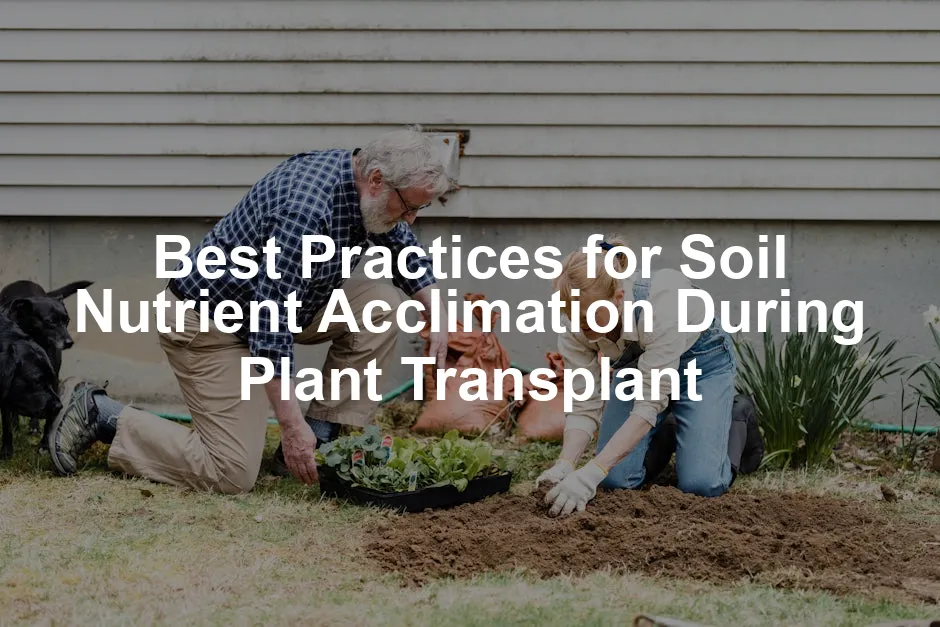
Best Practices for Soil Nutrient Acclimation During Plant Transplant
Introduction
Soil nutrient acclimation is vital for plant health. It ensures that plants adapt to their new nutrient environment after transplanting. Without proper acclimation, plants can experience transplant shock, which can stunt their growth or even cause death. Understanding this process is key to ensuring your plants thrive in their new homes.
Summary and Overview
Soil nutrient acclimation refers to how plants adjust to the nutrient composition of their new soil. This process is essential for plant health and overall growth. Multiple factors influence acclimation, such as soil composition, moisture levels, and environmental conditions.
To ensure successful acclimation during transplanting, consider several strategies. First, test your soil to understand its nutrient profile. Next, amend the soil based on specific plant requirements. Additionally, timing and weather conditions play a crucial role in this process. Tailoring practices to meet individual plant needs enhances acclimation success.
In the following sections, we will explore best practices for ensuring effective soil nutrient acclimation for your transplanted plants.
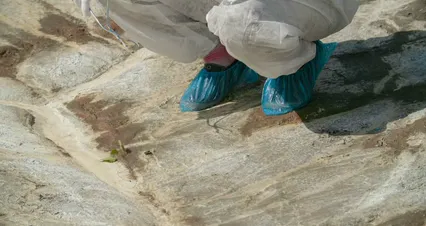
Understanding Soil Nutrient Acclimation
What is Soil Nutrient Acclimation?
Soil nutrient acclimation is the process where plants adjust to their new soil’s nutrient levels. Think of this as a plant’s way of getting used to a new neighborhood. Just as we familiarize ourselves with local shops and resources, plants need to adapt to their new environment to thrive.
This acclimation is critical for plant health. Nutrient composition directly affects growth and vitality. Plants require a balanced mix of macronutrients like nitrogen, phosphorus, and potassium, along with essential micronutrients such as iron and magnesium. If a plant struggles to adapt, it can lead to stunted growth, yellowing leaves, or even wilting.
Understanding specific nutrient needs is crucial for gardeners. For example, nitrogen supports leafy growth, phosphorus boosts root development, and potassium enhances overall vitality. A well-balanced nutrient intake is essential for plants to flourish in their new surroundings.
Want to ensure your plants get the nutrients they need? A Soil pH Meter is a gardener’s best friend! It helps you check if your soil is too acidic or alkaline, ensuring your plants get the right nutrients for optimal growth.

Importance of Soil Nutrients in Transplanting
Healthy root growth is vital for plant success. Nutrients affect roots by encouraging development and stability. Strong roots help plants absorb water and essential nutrients. Without sufficient nutrients, plants struggle to establish themselves in new environments.
Transplant shock often stems from inadequate nutrient availability. When plants are moved, they face stress from sudden changes. This stress can lead to wilting, yellowing leaves, and stunted growth. Ensuring a nutrient-rich environment minimizes this shock.
Statistics show significant correlations between nutrient levels and plant health. For instance, well-nourished plants are 40% more resilient to environmental stressors. Proper nutrient management fosters stronger plants, capable of adapting to their new home.
Speaking of nutrient-rich environments, consider adding organic options like Organic Fertilizer to your soil. It’s like giving your plants a buffet of nutrients to feast on!

Preparing the Soil for Transplanting
Testing the Soil
Before transplanting, soil testing is crucial. Knowing your soil’s nutrient content guides preparation. You can use DIY kits or send samples to labs for detailed analysis. Understanding pH and nutrient levels helps you make informed amendments.
Most plants thrive in a pH range of 6.0 to 7.0. Testing ensures your soil meets these standards. Nutrient assessments reveal deficiencies, allowing for targeted improvements. A reliable soil pH meter can simplify this process for you.
After testing, amend your soil accordingly. If you want to create a cozy, nutrient-rich environment for your plants, consider investing in a Compost Bin. It’s a great way to recycle kitchen scraps and yard waste into rich compost that your plants will love!
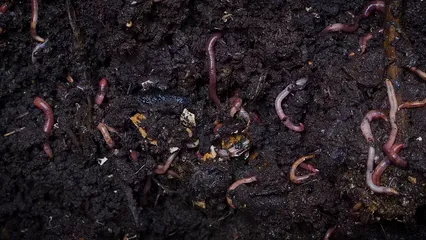
Amending the Soil
Once you know your soil’s condition, it’s time to amend it. Common amendments include compost and organic fertilizers. These enhance soil richness and nutrient delivery. Depending on test results, you can tailor your amendments for optimal growth.
For instance, nitrogen-rich fertilizers boost leafy growth. Organic fertilizers like bone meal improve phosphorus levels for better root development. Studies show that amended soil can improve plant growth by up to 50%. Mixing these amendments well ensures an even nutrient distribution for your plants.
Using the right Best soil amendments for vegetable gardens can significantly enhance your soil’s nutrient profile.
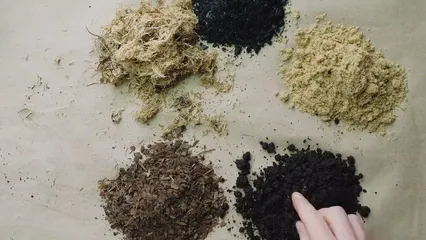
Ensuring Proper Drainage
Good drainage is crucial for plant health. It helps prevent root rot, which can devastate your plants. When the soil retains too much water, roots suffocate. This can lead to stunted growth or even death. So, ensuring your plants have a well-draining environment is essential for successful transplanting.
To improve drainage, consider several techniques. Raised beds are an excellent option. They elevate the soil, allowing excess water to escape. Additionally, incorporating organic matter, such as compost or aged manure, enhances soil structure and promotes drainage. These amendments create air pockets in the soil, improving aeration for roots.
Poor drainage can have dire consequences. If waterlogged soil surrounds plant roots, they may not absorb nutrients or oxygen effectively. This situation often results in yellowing leaves or wilting. Over time, chronic poor drainage can lead to root rot, ultimately killing your plants. By taking steps to ensure good drainage, you set the foundation for healthy growth.
Don’t forget about proper watering equipment! A Garden Hose with Adjustable Nozzle can make watering more efficient and enjoyable, helping you keep your plants happy!
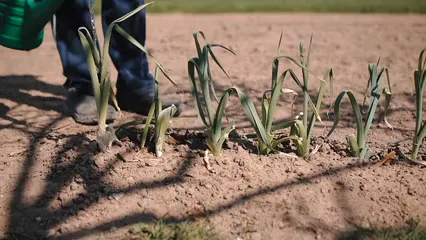
Timing and Weather Conditions
Choosing the Right Time to Transplant
Timing is everything when it comes to transplanting. Different plants thrive during specific seasons. For instance, many perennials prefer early spring or fall. During these times, plants are either waking from dormancy or preparing to rest. This reduces stress on the plant and increases the chances of successful acclimation.
Understanding your local gardening calendar is vital. It helps you track optimal transplanting windows for various plant types. Keep in mind that climate conditions can vary greatly. Research your specific zone to determine the best times for planting. Some plants, like tomatoes, prefer warmer weather, while others, like lettuce, thrive in cooler temperatures. Knowing these preferences can make a significant difference in transplant success.

Weather Considerations
Weather can greatly impact transplanting outcomes. Ideally, transplant on calm, overcast days. This minimizes moisture loss and reduces stress on your plants. Avoid transplanting during extreme heat, cold, or windy conditions. Such weather can lead to wilting or stunted growth.
If you must transplant during less-than-ideal weather, take precautions. Use shade cloth to protect from intense sun or windbreaks to shield from harsh gusts. These protective measures can help your plants adjust more comfortably to their new environment. Always monitor local weather forecasts and be prepared to adjust your plans for the best results.
For those concerned about pests in your garden, consider investing in Garden Pest Control Sprays to keep your plants protected while they settle in.

Steps for Successful Plant Transplanting
Pre-Transplanting Preparation
Preparation is key for a smooth transplant. Start by watering your plants well before moving them. This simple step hydrates the roots and lessens stress. Think of it as a little pre-game ritual!
Next, focus on the root ball. Carefully dig around the base, capturing as many roots as possible. Aim for a root ball about twice the diameter of the plant’s stem. If the roots are tightly bound, gently loosen them. Wrapping the root ball in burlap can help keep it intact during the move.
To minimize root disturbance, handle the plant by the root ball or stem. Avoid excessive shaking or tugging. A gentle touch ensures your plants stay happy and healthy during the transition.

Transplanting Techniques
Planting depth and spacing are crucial for success. When placing your plant in its new home, ensure it sits at the same depth it grew before. Deep planting can lead to stem decay, while shallow planting may dry out roots.
Proper spacing is also vital. Give plants enough room for air circulation and nutrient access. Crowded plants compete for resources, which can stunt growth. When digging the hole, make it wide enough for the root ball without bending any roots.
To avoid root damage, be gentle during the planting process. After planting, give the area a good soak. This eliminates air pockets and helps the soil settle around the roots.
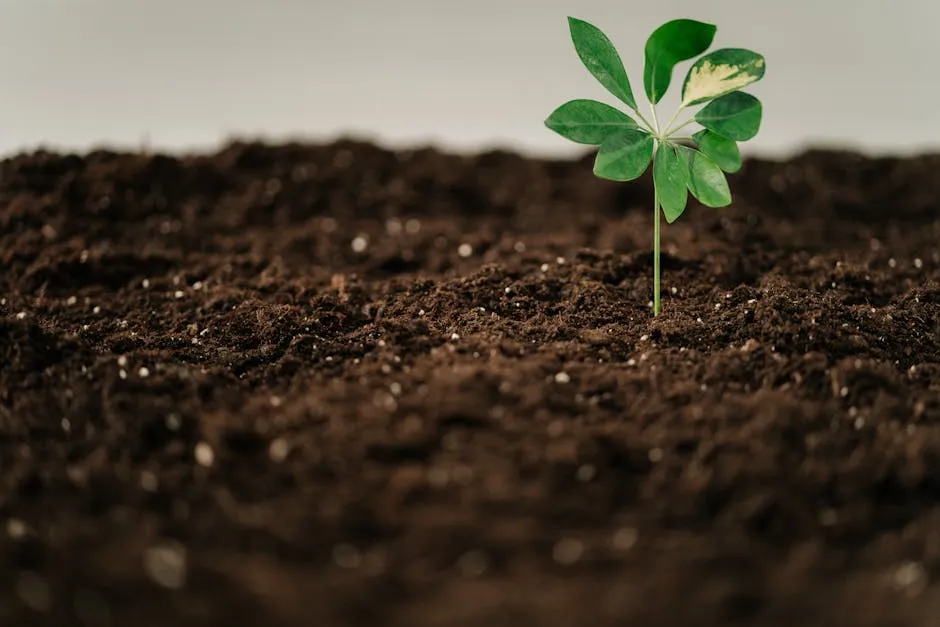
Post-Transplant Care
Initial watering is crucial. After transplanting, give your plants a deep soak to help them adjust. Consider adding mulch to retain moisture and suppress weeds. Organic materials like bark or straw work well for this purpose.
Watch for signs of transplant shock. Symptoms include wilting, yellowing leaves, or stunted growth. If you notice these signs, adjust care accordingly. Sometimes, extra attention is all your plants need to bounce back.
Regularly check soil moisture levels. Aim to keep the soil consistently damp but not waterlogged. Overwatering can lead to root rot, while underwatering can stress your plant. With proper post-transplant care, your plants will thrive in their new environment!
If you want to keep your gardening tools organized during this process, consider using a Garden Cart. It’s perfect for hauling your tools and supplies around the yard!
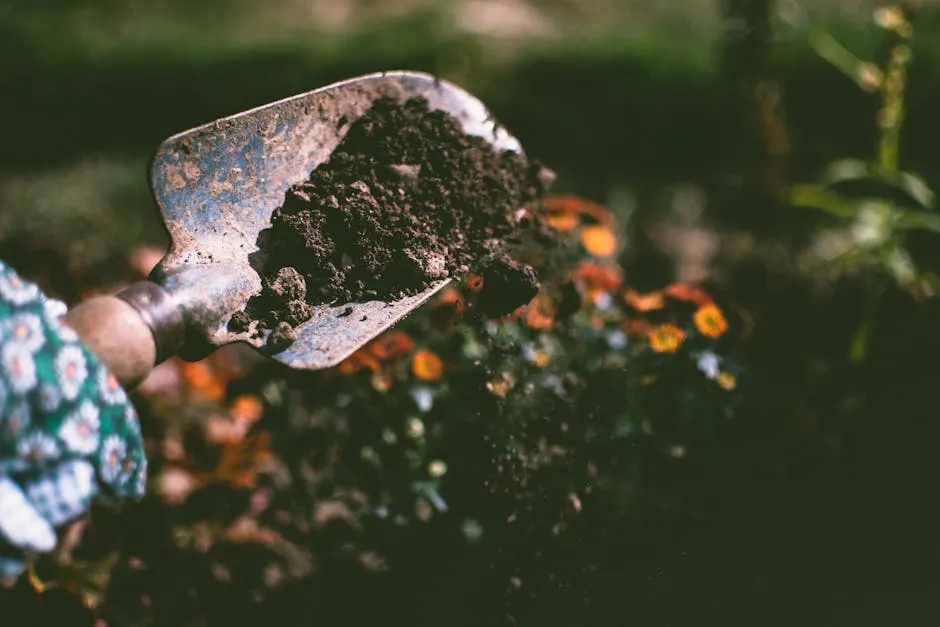
Common Mistakes to Avoid
Transplanting plants can be tricky, and many gardeners make common mistakes. One of the most frequent errors is neglecting soil tests. Skipping this step is like driving without checking your fuel gauge. Soil tests reveal vital information about nutrient levels and pH. Without this knowledge, you risk setting your plants up for failure.
Another common blunder is poor timing. Transplanting during extreme weather can stress your plants. Aim for calm, overcast days. Early mornings or late afternoons are ideal. Harsh heat or cold can lead to transplant shock, leaving plants wilting or stunted.
Overwatering or underwatering is another issue. Newly transplanted plants need consistent moisture. Too much water can drown roots, leading to rot. Conversely, too little water can cause stress and dehydration. Always check the soil before watering to find the perfect balance.
For those looking for precise watering solutions, consider a Soil Moisture Meter. It will help you gauge the moisture levels in your soil, ensuring your plants get just the right amount of water!
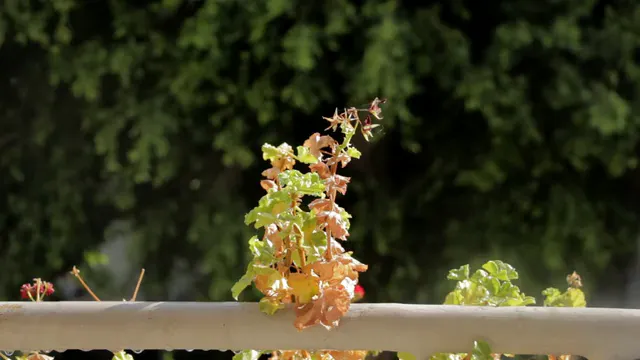
Practical Strategies for Successful Transplanting
Acclimating Plants Gradually
Acclimating your plants is essential for a smooth transition. Start by hardening off seedlings before transplanting. Gradually expose them to outdoor conditions over a week. Begin with just a few hours in a shaded spot, then increase exposure to sunlight and wind. This helps reduce shock and prepares them for their new home.
Using protective measures can also ease the transition. Windbreaks can shield delicate plants from strong gusts. Shade cloths provide temporary shelter from harsh sunlight. These small adjustments can significantly improve acclimation success.
And if you want to create the perfect indoor environment for your plants, look into Grow Lights for Indoor Plants. They provide the perfect amount of light to help your plants thrive indoors!
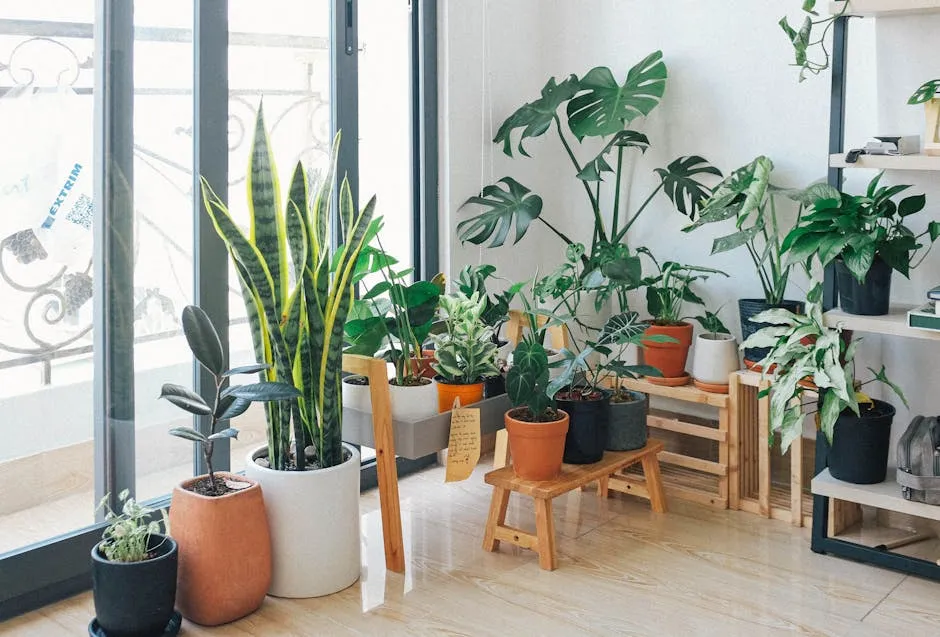
Nutrient Solutions and Fertilizers
Using nutrient solutions during transplanting can greatly benefit your plants. Consider adding a diluted nutrient solution to the planting hole. This gives your plants immediate access to essential nutrients. After transplanting, continue nourishing your plants with organic fertilizers.
Look for fertilizers rich in nitrogen, phosphorus, and potassium. These nutrients support root development and overall growth. However, be cautious with the amount. Over-fertilizing can cause nutrient burn, which is detrimental to plant health. Aim for moderation to keep your plants thriving.
For optimal results, explore the Best organic fertilizers for vegetable gardens in small spaces to nourish your plants effectively.

Conclusion
Soil nutrient acclimation is crucial for successful transplanting. Properly acclimated plants have a better chance of thriving in their new environment. By avoiding common mistakes and implementing best practices, you can ensure your plants adapt smoothly. Remember, healthy plants lead to vibrant gardens. Embrace these strategies, and enjoy the long-term benefits of well-acclimated plants in your garden.
Please let us know what you think about our content by leaving a comment down below!
Thank you for reading till here 🙂
All images from Pexels



